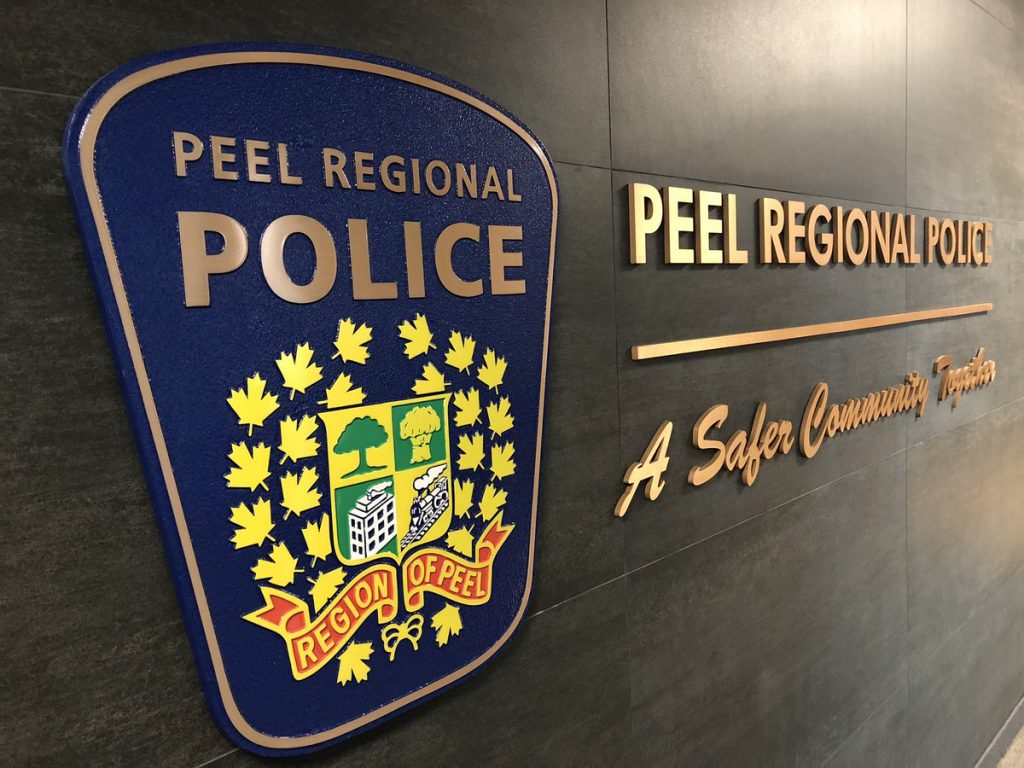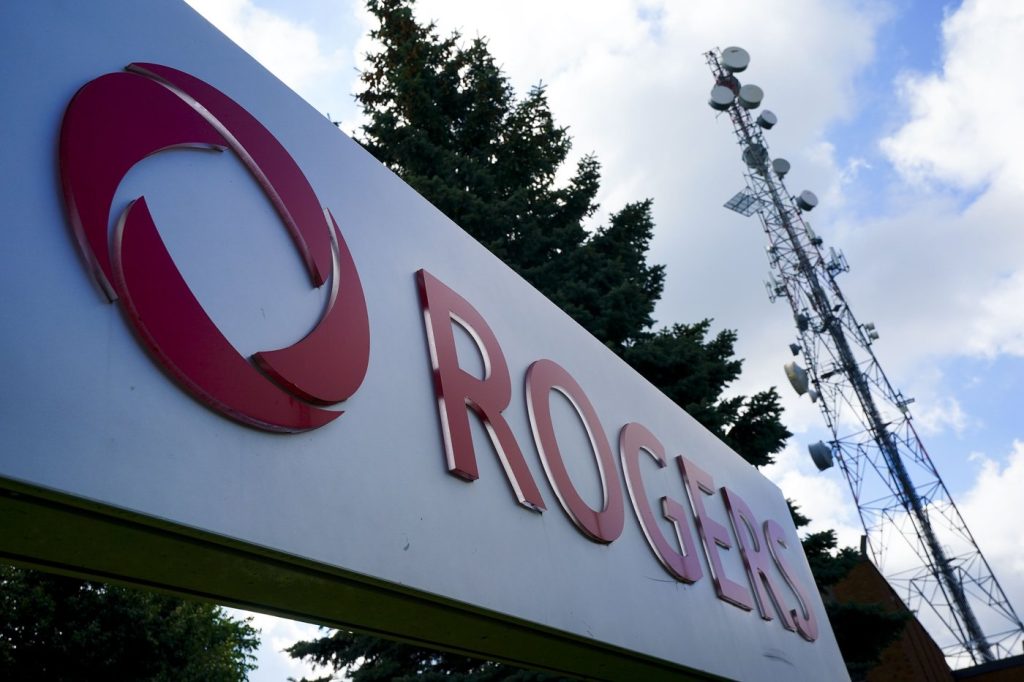Concerns over Ontario Line construction ramp up as Metrolinx details supports for communities

Posted February 5, 2024 4:36 pm.
Last Updated February 5, 2024 6:53 pm.
Concerns about work on the Ontario Line are ramping up along with the start of construction through different communities. Meanwhile, Metrolinx has provided its first update to the city on what it plans to do to help the neighbourhoods.
Just a few metres from Leslieville resident Edward Walker’s back door, heavy equipment is often seen, heard and felt while reconstructing the Dundas Street East rail bridge is happening as part of the Ontario Line construction.
“Occasionally we felt window vibrations. Vibrations of contents of cabinets and dishes. Even sitting on a leather couch, you could feel vibrations come through sometimes,” said Walker.
He and others in the neighbourhood knew some disruption along the existing GO tracks would come, but nothing prepared them for what was going on now.
“I guess that’s what makes it so dramatic. Leslieville is such a calm, pleasant, wonderful neighbourhood to live in, so when you get a semi-earthquake feeling, it’s kind of jarring.”
A new report from the city’s transit expansion division will go before city council this week and has updates on initiatives from Metrolinx that will see the company interact with the city and potentially support businesses and residents.
It includes an annual funding program by March 31, 2024, which will provide $10,000 to each of the BIAs along the Ontario Line alignment to support marketing initiatives during construction.
Metrolinx has held 23 Community Liaison Committee (CLC) meetings, over 60 meetings with community stakeholders, including several BIAs, 109 community pop-ups and 104 canvassing events along the subway route within Toronto and the East York area.
A Metrolinx spokesperson tells CityNews that its teams continuously keep an open, two-way dialogue to “strengthen and improve our supports for local businesses.”
“At our community offices, staff are available to answer questions, provide updates and help support local businesses and organizations through the process,” the spokesperson wrote in an email. “We regularly hold virtual and in-person community meetings to discuss plans and address concerns, and we have a 24-hour hotline that provides direct access to help address any issues.”
Deputy Mayor Ausma Malik said the work they did last year with community members and local businesses was important to set out clear expectations for Metrolinx.
“With this first update, we see some really encouraging progress on that. There has been convening in terms of collaboration with the community with the Community Liaison Committee. There has been significant notice around construction and considerations for local businesses and much more needs to be done.”
Malik said they want to see more progress on community benefits and formalizing these agreements and commitments from Metrolinx.
“We also need to see more in terms of engagement for clear timelines and timeframes and construction and to make sure Metrolinx is keeping pace with the city’s own work,” said Malik.
The updated recommendations were put before city council on Tuesday. “Our communities can count on the fact that this will be built in a timely way, and on budget,” Malik said.
While the work at Queen Street and University Avenue continues, where the fight to save trees at Osgoode Hall was lost, a coalition group has since formed to make sure Metrolinx is listening, but not much has happened beyond some initial discussion.
Liz Driver, who is with the BOLD Community Coalition and a part of the Osgoode CLC, said they have struggled to get answers from Metrolinx.
“When we ask questions, time and again … Tell us details about the station building at Osgoode, what is the footprint? Where is it located? It’s like pulling teeth. We still don’t have information,” said Driver.
“The location of the station depending on where it is you’re going to lose or retain green space, that’s very important.”
As for the community benefits program expected to be provided by Metrolinx, Driver said it would be better if they knew what they were.
“They need to commit some money here. They need to help make University Park and the city and Metrolinx need to work together sooner than later on that,” said Driver.
In the meantime, other problems have also popped up from the Ontario Line work in Walker’s backyard.
“Because of the big digging in the back, it’s disrupted some of the animal patterns so there have literally been during the summer, it must have been two dozen rat sightings.”
The almost 16-kilometre, 15-stop Ontario Line was first unveiled by the PC government back in 2019. When completed, the line will connect with 40 other transit routes, including GO train lines, TTC subway and streetcar stops and a new east-west light rail line that is currently being built.
“Metrolinx meets regularly with BIAs across the project and with many individual businesses to provide project updates and to address questions or concerns. We work with the business community to foster strong relationships and provide customized support, from making sure store fronts are clear and easy to access to working together on promotions and shop local initiatives to procuring goods and services from local businesses,” Metrolinx added.
“Wherever possible, we request that our contractors utilize local businesses to procure any goods and services they may need to complete their work. Over $171 million has been invested through local procurement on projects like the Hazel McCallion, Finch West and Eglinton Crosstown LRTs.”
Metrolinx has pegged the total cost of the project at almost $11 billion, and it’s projected to be operational by 2030.








